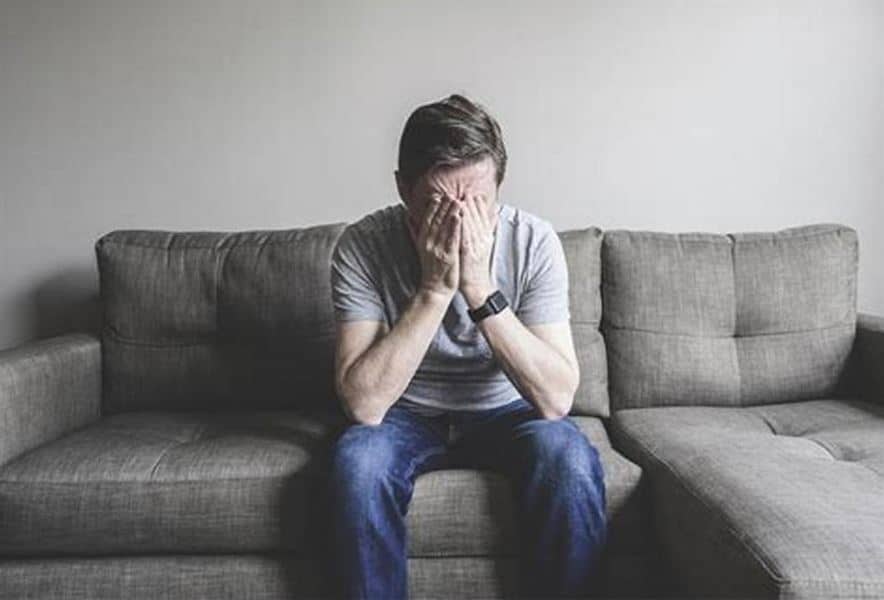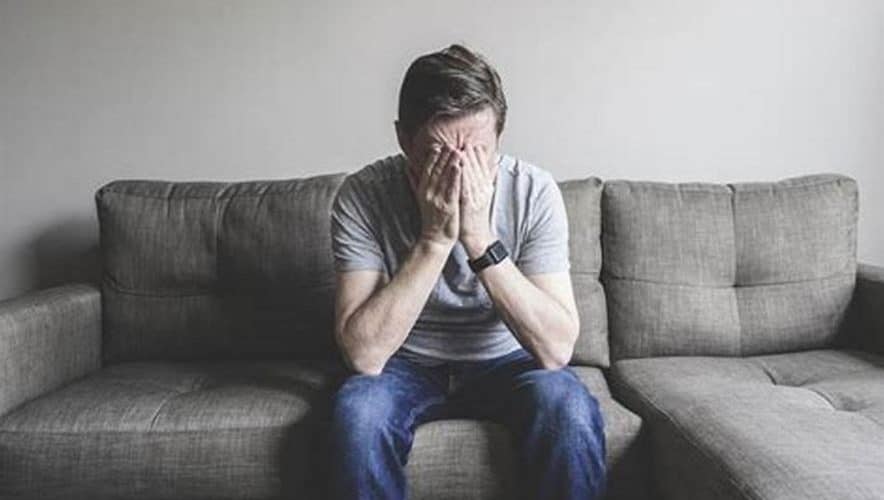by Chong Siow Ann
For a number of years now, Oct 10 has been designated by the United Nations as World Mental Health Day and as the day to raise public awareness about mental health issues through open discussions. That may be something that is difficult to do well – particularly when it comes to mental illness.
There is arguably no other illnesses – save perhaps AIDS – that carries such a heavy burden of stigma which clings tenaciously and miasma-like to mental illness.
People with mental disorders are doubly handicapped – by their illness and by the stigma that makes them fearful to admit that they have an illness let alone speak out, and often for good reasons.
They are less likely to be employed; it is almost a universal finding that the unemployment rate among people with mental illness is significantly very much higher. Survey after survey has found that employers hold more negative attitudes towards people with mental illness than any other group, and are reluctant to hire a person with a history of mental disorder.

In a United States national survey of people with disabling mental disorders, 32 per cent reported that they were turned down for a job after disclosing their condition; others were sacked from their work; while those who kept their job were shunned or taunted by co-workers.
Mental illness jeopardises the love-life of those who suffer from it – they are far less likely to find a life partner. They are less likely to get insured, and less likely to receive good quality medical care.
But the stigma has other more malevolent effects: It prevents people from wanting to seek professional help, preferring to suffer in silence and in isolation, and a great number may spiral into an abyss which sometimes ends in suicide.
That ‘Dangerous’ Myth
One of the most enduring myths that many people hold – shown in one of our own studies as well as that of others – is that people with mental illness are dangerous and therefore ought to be locked away. This public stereotype of dangerousness has not only proven to be durable but has grown over time despite large-scale educational efforts on the nature, causes and treatment of mental illnesses.
One contributory factor for this depressingly persistent belief has been suggested to be due to the occasional reporting by the mass (print, broadcast, and social) media of violent crimes committed by people with mental illness. To counter this, we – mental health workers and patient advocacy groups – would trot out statistics showing that on the whole, people with mental illnesses are not any more dangerous than so-called “normal” people, and if anything, they are more likely to afflict harm on themselves.
The last point is often made, I suspect – and I am guilty of it too – to elicit some pity for the mentally ill, though it might be somewhat patronising and that in itself might be stigmatising as well. The reiteration of these well-worn statistics does not seem to work either.
We try to educate the public that mental illnesses are not due to personal weakness, feebleness of will, or from an overwrought imagination, but rather arising from disturbances from the brain – stressing on the biological aspects of mental illness as shown by various types of research.
But promulgating the importance of biological factors has its flip side: A study of the German public showed that an endorsement of the biological causes of mental illness is associated with not lesser, but a greater desire for social distance from the mentally ill – possibly as a consequence of seeing these individuals as being even more lacking in self-control.
So it is a rather tricky business when it comes to destigmatising mental illnesses.
It is difficult to get across to the lay public the complexity and diversity of the various types of mental illness, and seemingly difficult to have a more sophisticated and nuanced discussion on mental illness and violence. It seems difficult to erase from the psyche of the public consciousness that stereotypic image: Wild-eyed deranged killer; or that dishevelled, dirty gesticulating person in the street mumbling unintelligibly to himself.
Our Narrow Ridge of Normality
Mental illness has always been an easy and pat explanation (and metaphor) for inexplicit acts of violence and folly. The bizarre and violent stereotype which represents a loss of distinctly human qualities is a form of dehumanisation which not only makes the alienation of the mentally ill easier, it also imposes a comforting divide for those without mental illness from the mentally ill.
The strangeness and mysteriousness, I suspect, make them feel psychologically safe that it would not happen to them – but that is not the case.
The World Health Organization has estimated that as many as one in four people would suffer from mental disorder at some stage of their life – that is a lot of people. In a review of the book Hurry Down Sunshine, a father’s description of his daughter’s bipolar disorder, the neurologist and author Oliver Sacks writes that such illuminating and realistic narrative “reminds us of what a narrow ridge of normality we all inhabit”.
We do know a lot about the myriad of mental illnesses but not enough to know the exact causes. It is, for now, safe to say that any of us could be afflicted with any form of mental illness at any time. Ms Susan Sontag in her opening of her essay Illness as Metaphor, describes the duality of health and illness thus:
“Illness is the night-side of life, a more onerous citizenship. Everyone who is born holds dual citizenship, in the kingdom of the well and in the kingdom of the sick. Although we all prefer to use only the good passport, sooner or later each of us is obliged, at least for a spell, to identify ourselves as citizens of that other place.”
But that citizenship of the kingdom of the mentally ill is something that most would not want to talk about, and all that reluctance, reticence and even lying make it even more difficult for any society to come to terms with mental illness.
Psychiatrists and The Media
It is easy to criticise the mass media for sensationalising and distorting mental health issues. But, if truth be told, it has helped to rectify many of the misconceptions and has done so many times in a balanced and considered manner. And mental health professionals need to engage with the media, yet many of us in the profession feel somewhat reluctant to do so.
Twenty years ago, the director of communications for the Canadian Medical Association noted that “psychiatrists appear to have developed either a psychotic fear of and/or contempt for the media. Very few will go public on an issue in a proactive, voluntary basis. Psychiatrists tend to go public only as a last resort”. While this seems exaggerated, there is still a fear of having utterances “being taken out of context” and being embroiled in a controversy or perceived as a self-promoting huckster.
To shy away from public debates about mental health issues, and not to speak up and advocate for people with mental illness, and not to educate the public, would be letting ourselves and our patients down.
The name of my speciality, psychiatry, is derived from the Greek word psyche which means soul or mind and that makes us physicians of the soul/mind. There is something grand and noble to what that name encompasses and in our best efforts to reach out to those in need of help. To do that requires working with the media, and while it may have to sell products and be entertaining, there is too that big part of informing and educating the public, and even championing just and needy causes.
Fifty years ago, a lawyer named Newton Minow was appointed by US President John F Kennedy as chairman of the country’s Federal Communications Commission. In a speech to a gathering of broadcasters, he exhorted them to cultivate the following in order to serve the public interest: “A soul and conscience, a burning desire to excel … the urge to build the character, citizenship, and intellectual stature of people”. That is grand and noble too.
Associate Professor Chong Siow Ann is senior consultant psychiatrist and vice-chairman of the Medical Board (Research) at the Institute of Mental Health.
– Today Online











